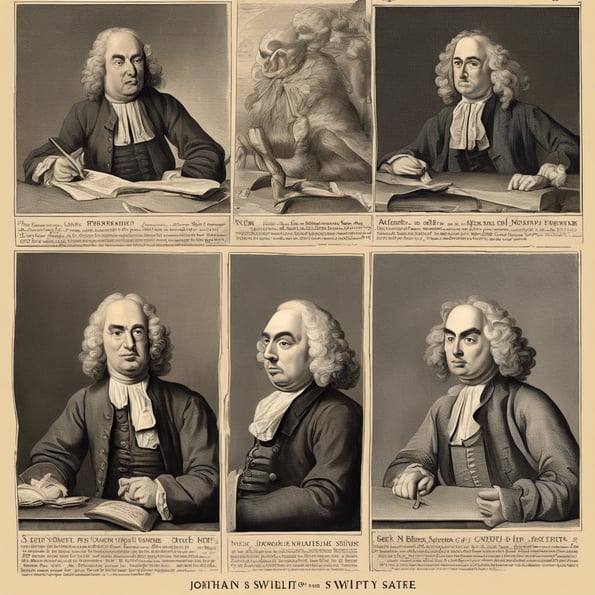The Evolution of Satire: From Jonathan Swift to Contemporary Internet Memes
11/27/20242 min read
The Evolution of Satire: From Jonathan Swift to Contemporary Internet Memes


Satire, as an art form, has evolved remarkably over the centuries, serving as a lens through which society examines its own follies, hypocrisies, and absurdities. From the biting wit of Jonathan Swift in the 18th century to the quick-fire humor of today’s internet memes, satire reflects the cultural, political, and technological landscapes of its time.
Satire in the Age of Enlightenment
Jonathan Swift’s A Modest Proposal (1729) stands as a cornerstone of classical satire. Using hyperbolic irony, Swift critiques societal inequality and political neglect in Ireland, suggesting the absurd idea of consuming children to address poverty. Such works were meticulously crafted, relying on literary conventions and a well-read audience capable of deciphering nuanced irony.
Satire in the 19th and 20th Centuries
In the 19th century, satire found a home in serialized literature and political cartoons. Charles Dickens used satire in Bleak House (1853) to expose the inefficiencies of the English legal system, while periodicals like Punch wielded humor to lampoon Victorian politics. By the 20th century, satire expanded to include radio, film, and television. George Orwell’s Animal Farm (1945) exemplified the allegorical use of satire to critique totalitarianism, while Saturday Night Live and The Daily Show turned political satire into mainstream entertainment.
Digital Satire in the 21st Century
The internet has democratized satire, allowing individuals to create and disseminate content instantly. Memes, TikTok videos, and Twitter threads now serve as vehicles for satirical commentary. Unlike Swift’s carefully constructed essays, today’s satire often thrives on brevity and immediacy, using humor to critique everything from political scandals to corporate culture. Internet users frequently adapt iconic images or phrases, like the “Distracted Boyfriend” meme, to comment on social and political issues in a way that resonates globally.
Continuity and Change
While the mediums of satire have diversified, its core purpose—to critique power and provoke reflection—remains unchanged. Modern satire builds on the tradition of Swift and Orwell by adapting to the preferences of digital audiences, relying on visuals and viral potential to convey its message.
Conclusion
From the pamphlets of Swift’s time to the trending memes of today, satire has proven itself a dynamic and enduring tool for cultural commentary. Its ability to evolve alongside society ensures that satire remains a vital force in holding a mirror to humanity’s contradictions and aspirations.

Contact
info@masterenglishinstitute.com
